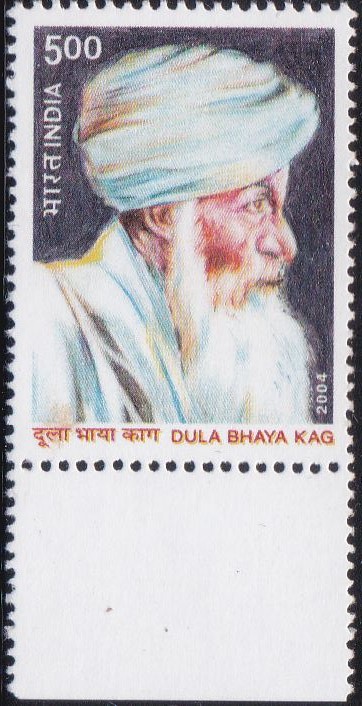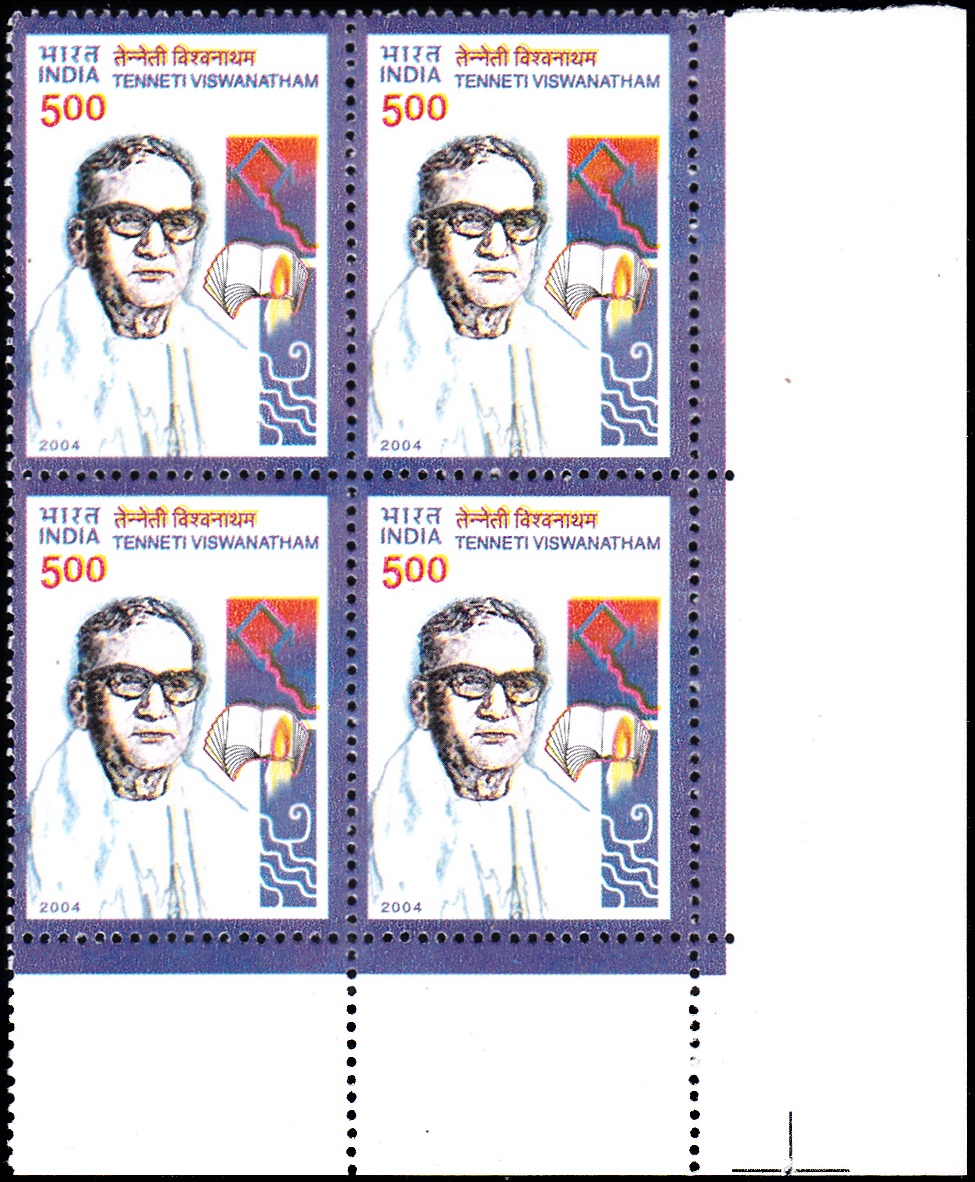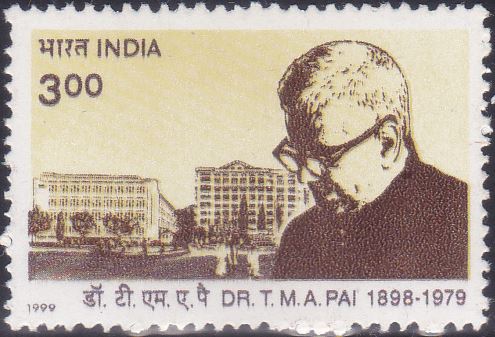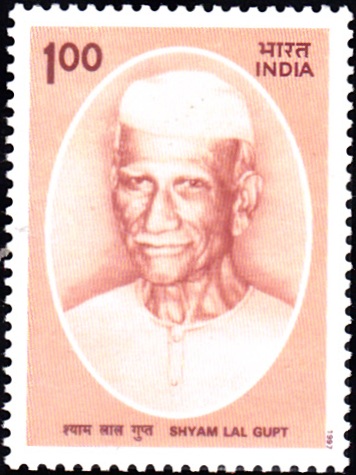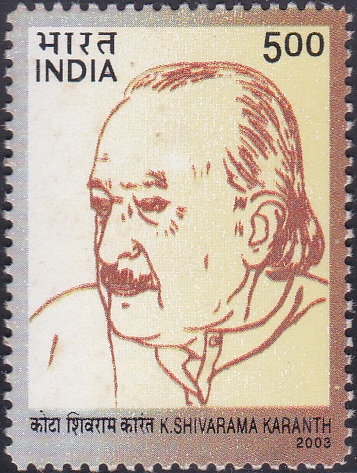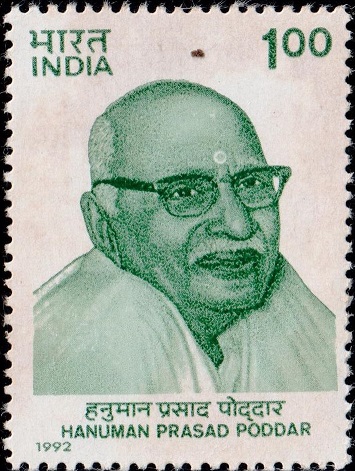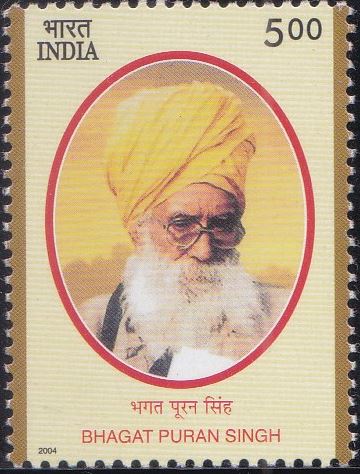
Bhagat Puran Singh
A commemorative postage stamp on the Birth Centenary of Bhai Puran Singh (Des Raj Bindra), founder of ‘Pingalwara‘, a house for destitutes in Amritsar :
Issued on Dec 10, 2004
Issued for : India Post pays rich tribute to his greatness by release of this commemorative stamp. The First Day Cover shows Pingalwara as it was when it began and Bhagatji carrying Piara.
Design : The first day cover depicts the beginning of Pingalwara and Bhagat Puran Singh carrying ‘Piara‘ in the foreground.
Credits :
Stamp, FDC & Cancellation : Alka Sharma
Type : Stamp, Mint Condition
Colour : Multicolour
Denomination : 500 Paisa
Print Quantity : 0.45 Million
Printing Process : Photo Offset
Printer : Calcutta Security Printers
Name : Ramji Das
Born on Jun 4, 1904 at Rajewal, Ludhiana district, Punjab, India
Died on Aug 5, 1992 at Amritsar, Punjab, India
About :
- Bhagat Puran Singh was a self-regulated person who made service to humanity his routine task: a man who lived an ordinary life in an extraordinary manner. He cared for the despairing, disabled and destitute with his own hands having no resources required for the purpose. He even sought alms on the streets and outside places of worship, not for himself, but to ask people to help the needy. He had no grants, no aids, no institutions to back him. His faith in God as well as in his fellow beings was unshakable. On the basis of this faith, he went ahead with his mission of building ‘Pingalwara‘ which remains a living memorial of his life’s work.
- He was born on 4th June 1904 to Chibu Mal and Mehtab Kaur of village Rajewal in Ludhiana district of Punjab and named Ramji Das. He was renamed Puran Singh when he converted to Sikhism during the year 1923. His mother taught him to pick up all harmful objects like thorns, pieces of broken glass, nails, other sharp objects, stones, bricks and such from the lanes and village tracks as they would injure pedestrians, beasts and passerby and laid the foundation of kindness and concern for others in the young Ramji Das.
- He started his education from Khanna in Punjab and joined Lahore‘s Khalsa High School. He performed “sewa“ in Gurdwara Dera Sahib and Gurdwara Shahid Ganj of Lahore where, besides cleaning, cooking and serving food, he also tended to the aged, infirm and sick who came to the Gurdwaras for help. During this period he indulged his other great love – libraries. These store-houses of knowledge, with their immense scope of improving his mind, fascinated him as he was constantly searching for answers to the many philosophical, humanitarian and environmental questions that many intrigued him. His favourites were the Dayal Singh Library and Lala Lajpat Rai‘s Dwarka Dass Library, although he visited others too in Lahore. The works he read ranged from John Ruskin, Emerson, Tyson and Thoreau to Mahatma Gandhi. Equally eclectic was the variety of journals he read, finding Gandhi‘s weekly, ‘Young India‘, of particular interest.
- In November 1934, he came upon a four year old boy abandoned near the main gate of Gurdwara Dera Sahib. This boy was dumb, mentally impaired and physically deformed and was suffering from dysentery. Puran Singh looked after him and named him Piara, or the loved one. From that day on they were inseparable for the next 14 years. Puran Singh carried Piara on his back and this became symbolic of his carrying all – the aged, the infirm, the disabled, the crippled and the sick on his shoulders. It was not easy since the helpless boy’s hands and feet were lifeless, and he would constantly drool on Puran Singh.
- In the countdown to India‘s partition in 1947, twenty men, women and children lived in Gurdwara Dera Sahib. Puran Singh laboured from early dawn to late night to keep them fed, bathed, clothed and medically treated. When not tending them, he was out on the streets of Lahore, trying to raise money for his mission. Bloody events would shatter the clam of this peaceable existence. Lahore was no exception, nor was the Gurdwara Shahid Ganj which was attacked on 13 August 1947. Puran Singh and Piara escaped because they were in Gurdwara Dera Sahib that day.
- On August 18, 1947, forty three year old Puran Singh, with Piara on his back, climbed on to a refugee-laden truck headed for safety to Amritsar. He was just one among several million refugees who would cross the border to reach India during those traumatic days. Puran Singh had no family in India since his parents had already expired; nor did he have friends, acquaintances or kinfolk to whom he could turn for help. He carried Piara on his back wherever he went because there was no one to look after Piara. Puran Singh described him as a “Garland Around My Neck”. Born in a region which prides itself on the military prowess of its men, Puran Singh‘s steadfastness and unflinching courage in adversities – though of a different order – were no less remarkable.
- Bhagat Puran Singh established a home for destitute, called Pingalwara in Amritsar. On 6 March 1957, the All India Pingalwara Society was duly registered with the government. Pingalwara is interpreted in several ways. To some it means a ‘home for the crippled’, to others a ‘home for handicapped’. Indifferent to appearances and trappings, salvaging lives – which were almost lost – was what mattered to Puran Singh. Bhagatji served God through his service to God’s creatures and His creation.
- Bhagat Puran Singh died on 5 August, 1992, but his magnificent spirit lives on in Pingalwara.
- Text : Based on material given by the proponent.



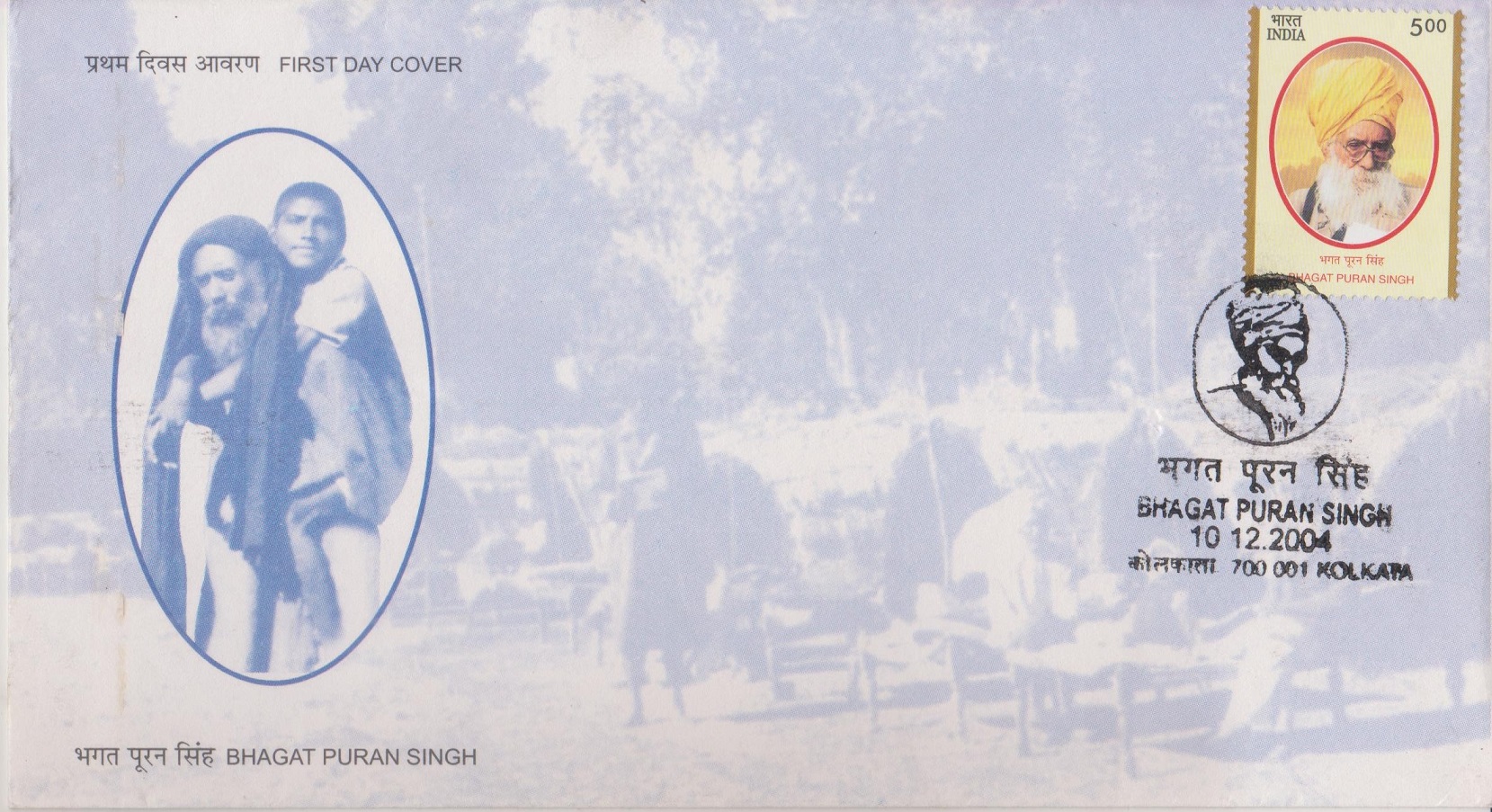 Issued by
Issued by